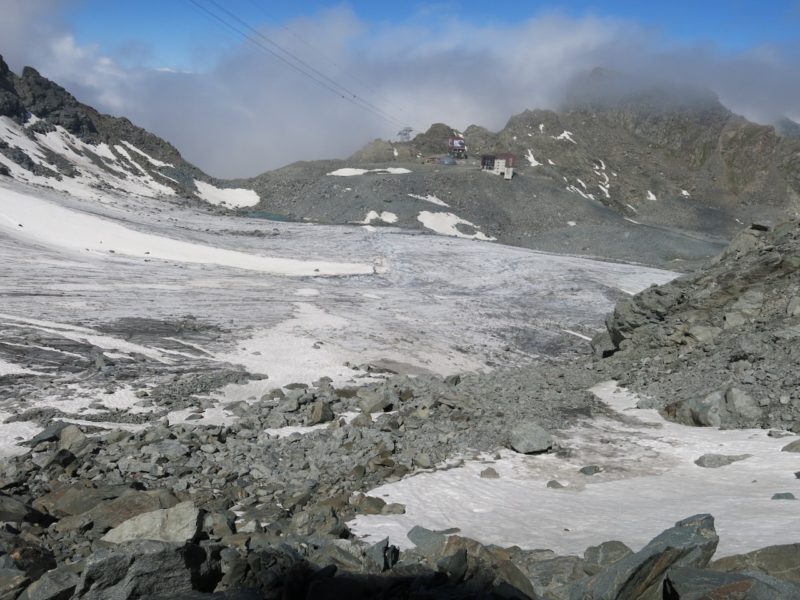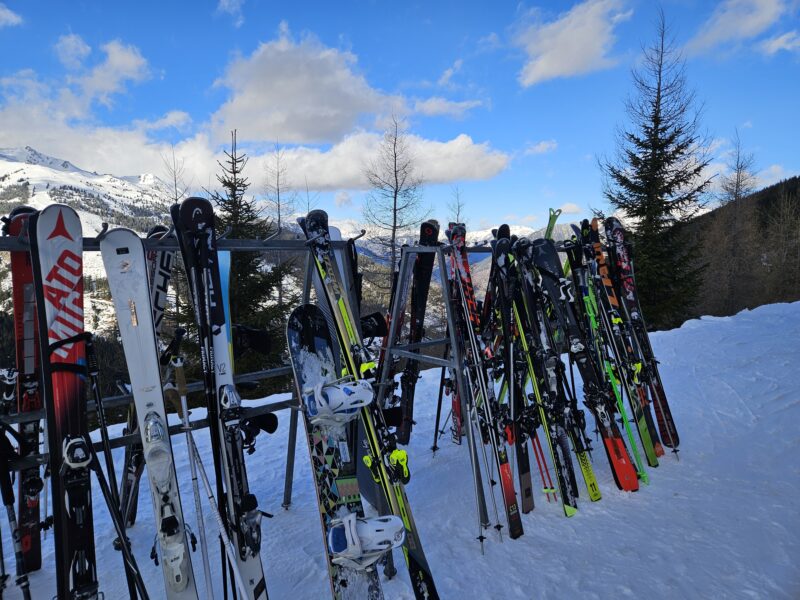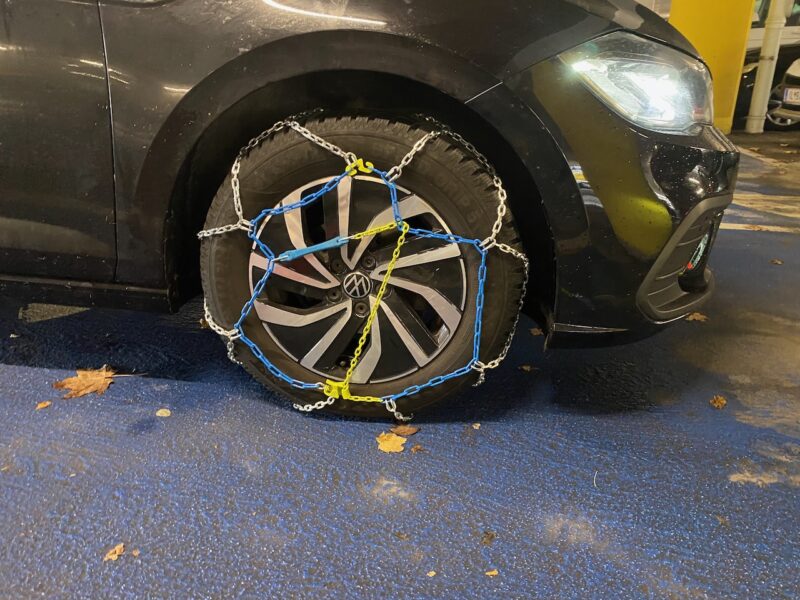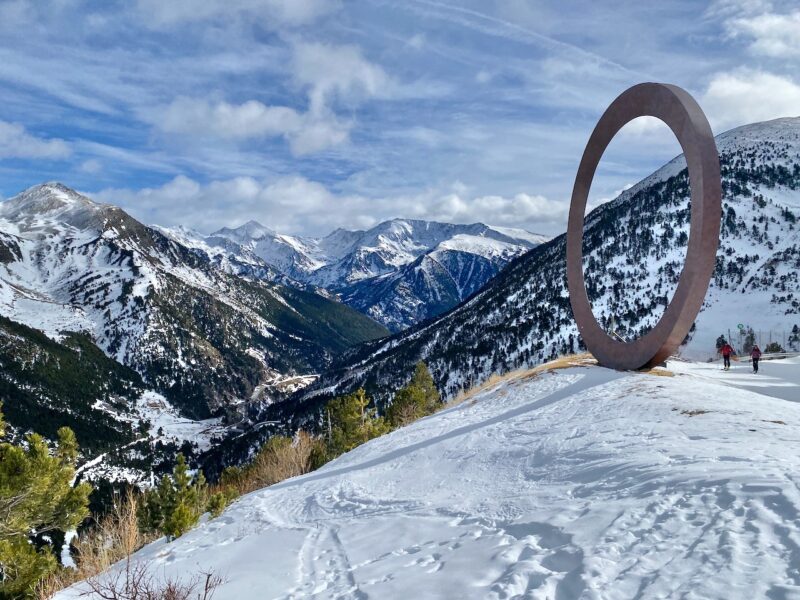Threat to Italian Glaciers Increases
4th September 2023
Last modified on September 9th, 2023
Climate change means an ‘imminent and irreversible disappearance’ of the glaciers in Italy. Two Italian glaciers remain open for summer skiing.
Research conducted by the University of Milan, Greenpeace and the Italian Glaciological Committee has projected that by 2060 80% of Italian glaciers will have melted.
Temperatures in the Italian Alps are set to rise by between one and three degrees celsius by 2050 and between three and six degrees by the end of the 21st century.
“It’s almost unavoidable that all or most of Italy’s glaciers, like the glaciers in many parts of the world, will disappear for good over the next 40 years,” said the retired glaciologist from the University of Milan, Claudio Smiraglia.
“There are things we can and should do to slow the process. But the outlook is bleak.”
Italy currently has about 900 glaciers
Here at PlanetSKI we have already looked at the situation in Austria and Switzerland:
The surface area of Marmolada glacier in the Dolomites has dropped to 112 hectares.
It is predicted to shrink even more.
It’s now at half its surface level from 2000.
The measurements come from the Italian Glaciological Committee, Padua University and Veneto’s ARPAV environmental protection agency.
It is retreating at 90m per year.
Last year 11 people were killed after an ice collapse on the glacier as we reported at the time on PlanetSKI:

Marmolada ice collapse. Image c/o Alpine rescue services.
There is currently summer glacier skiing and snowboarding on offer in Cervinia and Passo Stelvio.
At the end of August Passo Stelvio closed as warm temperatures made access to the glacier unsafe.
After a drop in the temperature and 25cm of fresh snow it has now re-opened its ski area.
Two cable cars are operating along with the Pajer and Cristallo lifts on the glacier.
The Geister 1 and 2 lifts are shut as they are currently being re-positioned.
The Forni glacier has reduced by half since 2015 and has split into three smaller glacier areas.
“The Forni glacier is much less impressive than it once was,” Claudio Smiraglia told Xinhua.
“What is left of Italy’s glaciers are small. If a 10 sq km glacier is large by Italian standards, there are fewer than five of them left,” he added.
The Adamello glacier is the largest glacier in the Italian Alps and it too is melting.
From the end of the 19th century until 2023 the glacier has lost approximately 2.7 kms.
“Over the last five years, the front of the glacier has lost an average of 15 metres a year. But in 2022 alone, it has retreated by 139 metres,” said the president of the Glaciological Commission of the Tridentine Mountaineers Society, Cristian Ferrari.
Related Articles:
- Climate change threatens Swiss glaciers
- Summer glacier protection continues
- Covering glaciers: An expensive way of preventing the ice melting

PlanetSKI logo










